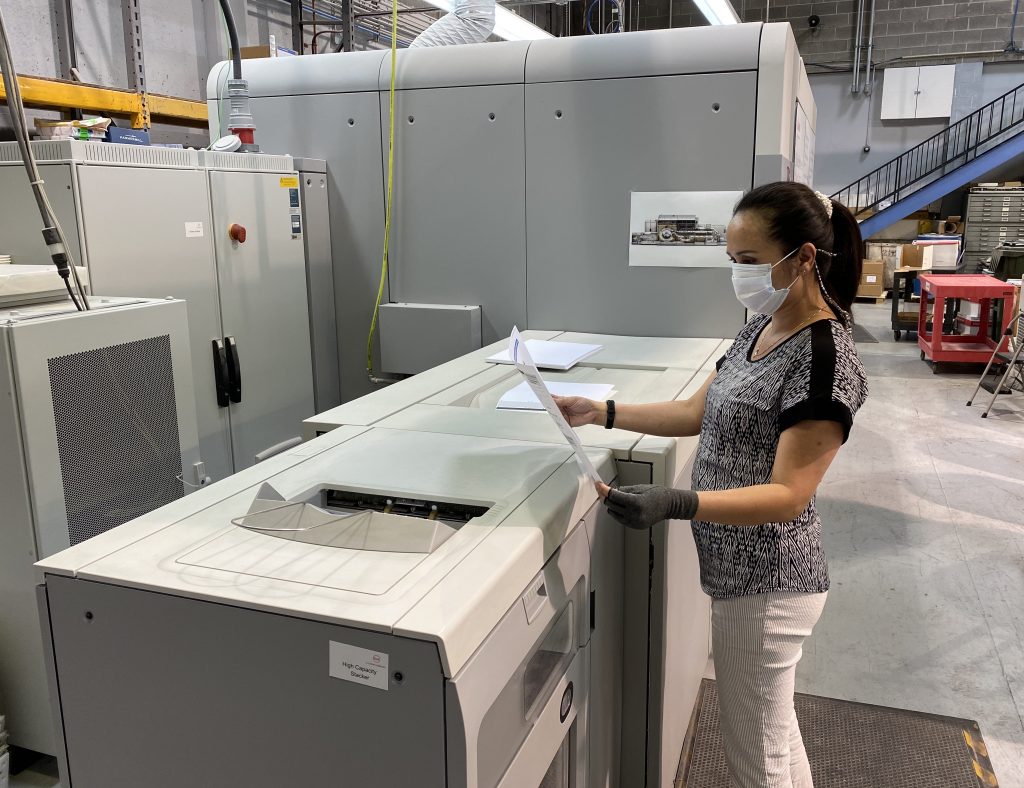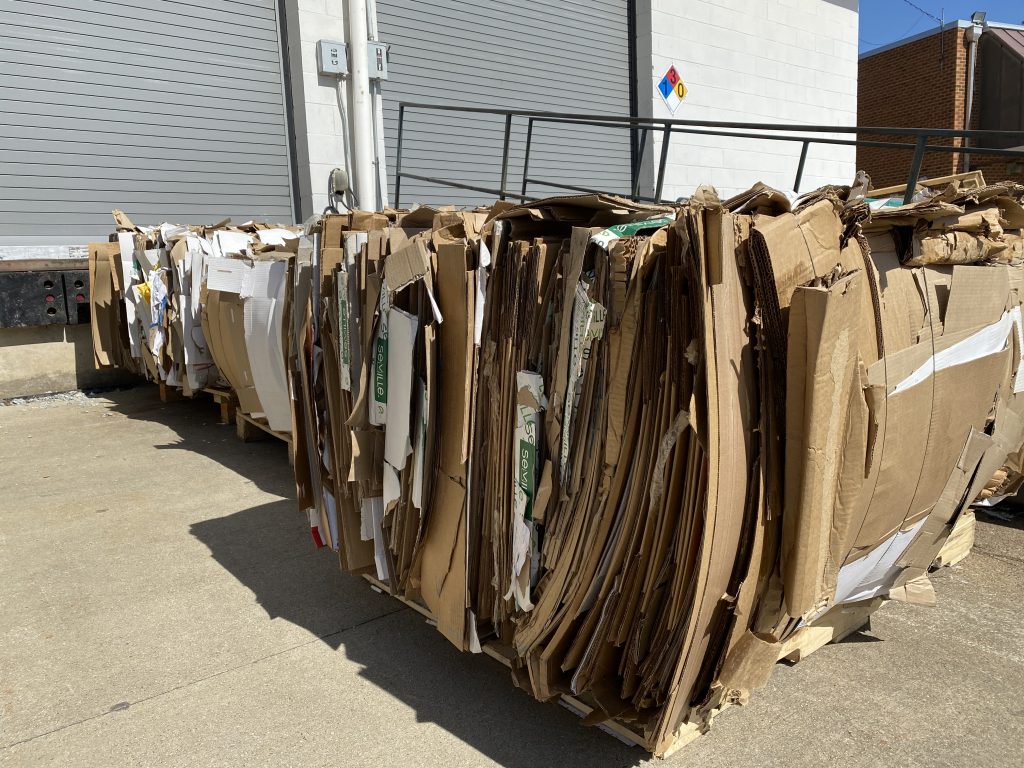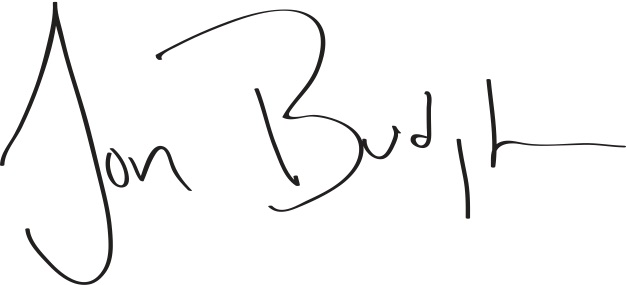When I first told my adult daughter I was considering purchasing the Ecoprint brand, she responded “Ecoprint? Isn’t the name an oxymoron?” This stinging question didn’t interrupt her high speed scrolling of Instagram stories on a beautiful new iPhone 11, but we’ll address that later. I will acknowledge that in our modern digital world, print has an environmental image problem.
Sustainability is a complicated subject. It’s easy for us to think of sustainability as something others should be doing better; it’s much harder to assess our own actions. So while I recognize that printing doesn’t destroy forests or wash up on our beaches, these facts don’t release us from the responsibility of addressing some bad industry habits.
This growing desire to relate my personal interests in environmental progress to our business practices was the impetus behind the Ecoprint acquisition. Their long history of environmental leadership provided us with a deeper understanding of sustainable methods and products. Since January, we’ve been investing in those ideas and developing them further.
Last month, we opened our new Ecoprint facility in Alexandria just down the road from More Vang headquarters. We sourced 100% renewable energy for the building and began exploring the potential of generating our own power. We produced our first products with VOC-free inks, and we’ve moved beyond our traditional recycling program into a waste reuse strategy to reduce our raw material needs. And that is just the beginning.

I believe we’ve all become overly reliant on environmental certifications and statements without having a full understanding of what they represent. Our decision making needs to be better informed. Do we know what happens during the de-inking process in the production of post-consumer waste recycled paper? How does responsible forestry relate to responsible papermaking? What impact do film laminates and coatings have on the environment? Yes, these questions dive deep into the details, but a greater understanding of the process—from raw materials sourcing through delivery of the final product—is essential for producing sustainable projects.
So, we will walk the forests and visit the mills that make our stocks, tour the recycling operations to see what happens with everything in those blue bins, and dig deep into the complexities of energy use and regulation. Most importantly, we will explore new production methods and products that reduce our environmental footprint.

Our plan is to pull back the curtain and invite you along on this journey, showing you what we know and learn—warts and all. We will be producing research and content on a broad spectrum of environmental concerns and will provide concrete ways for each of us to improve our own personal and professional habits. We hope you will join us on this quest for understanding and change.
Now, back to that iPhone 11. Later this month, we will be publishing our first report on the subject of e-waste. Like many businesses, we have a room full of obsolete servers, laptops and other past-prime electronic devices. In our search for finding a proper disposal site, we learned just how big a problem e-waste is. Once you read this report, you might pause on that latest upgrade and become an advocate for more sustainably designed devices.
On August 8th, we will be hosting an e-waste recycling event from 9am to 6pm at our new facility. We’ll be sharing more information on this and our research throughout the month.
In Optimism,

Jon Budington
CEO
More Vang / Ecoprint
